Although it might seem easy, cleaning a mirror without streaks can be difficult. These seven ingenious techniques employ everyday household objects and materials and provide easy yet efficient ways to clean a mirror without streaks.
The material you use, the cleaning solution you use, and the technique are all crucial to achieving a streak-free mirror.
Other Topics You Might Like
Helpful Products You Might Like
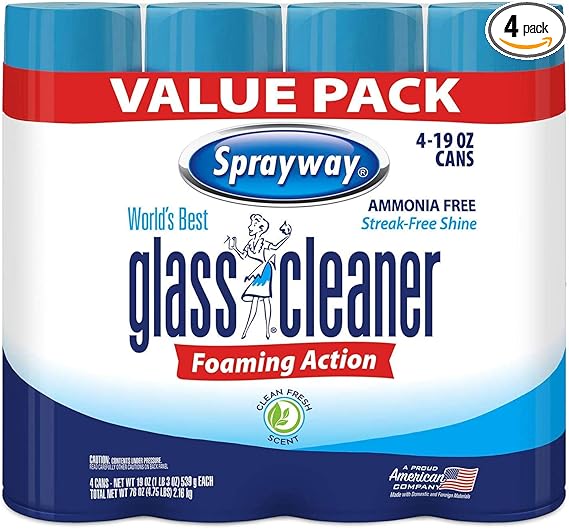
Sprayway Ammonia Free Glass Cleaner
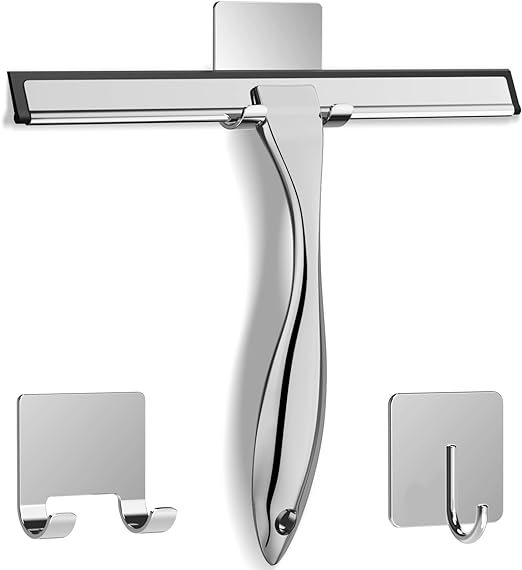
Stainless Steel Squeegee for All-Purpose Shower Glass Door
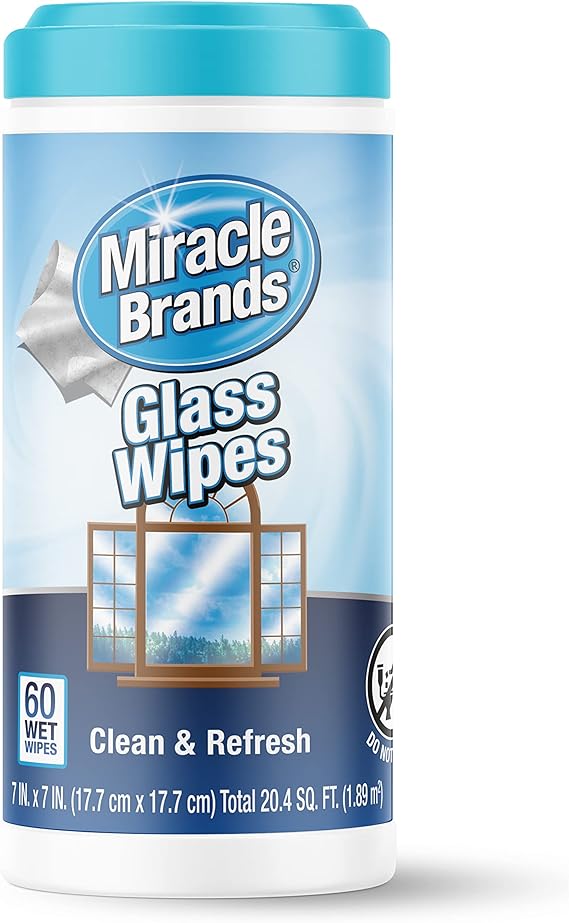
MiracleWipes Disposable and Streak Free Cleaning Wipes for Mirrors
"(Paid Links)" 
Avoid Scents, Soaps, and Dyes for a Streak-Free Clean
The best results come from using a glass cleaner free of soaps, fragrances, and dyes because such ingredients leave streak-causing residues behind. Although a cleanser with a lemon flavor and vibrant colors may seem appealing and smell "fresh," it actually leaves behind layers of wax, oil, or grease. As you attempt to remove those impurities, they soon become streaks.
Popular glass cleaners range from highly advanced commercial treatments to homemade vinegar mixtures.
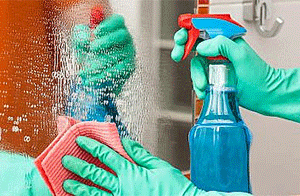
Never Scrub Your Glass—Instead, Spot Clean
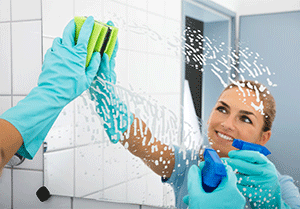
Before cleaning the entire window or mirror, spot clean the dirtier parts since some stubborn debris may require more care when cleaning your glass. When you spot clean, try not to scrub or apply pressure to the glass's surface. Scrubbing vigorously works well for items like stainless steel pots, but it will scratch and mar your glass, making it appear hazy and ugly.
Instead, lightly wipe the problematic areas with a cloth after applying glass cleaner. Preserving the glass is more crucial than immediately removing the stain. Keep in mind that while you may always spot clean an area, damage to your glass's surface may not be repairable.
Always Use a Microfiber-Cloth for Cleaning Glass
Your glass will be dry, clean, and lint-free if you use a microfiber cloth. A microfibre cloth's tiny fibers are made to stick to or absorb everything they come into touch with. In addition to absorbing the cleaning solution, they will adhere to any dirt or dust on your glass. How you wash your microfiber cloth matters; avoid using fabric softener and detergents together because the softener will remain on the cloth and may leave streaks on your glass. Microfiber cloths are the most effective method of avoiding thin coatings, as long as they are clean.
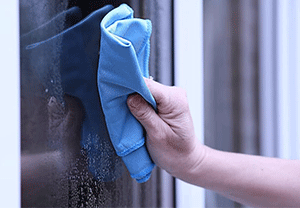
Clean the glass Side-to-Side rather Than Circular Motions
Side-to-side cleaning patterns are preferable for glass because they avoid the accumulation of static electricity that circular motions might create. Static electricity draws dust to your windows, and it is unwanted. Another advantage of side-to-side patterns is that they usually better fit the curve of a mirror or window. It facilitates the cleaning procedure and increases the likelihood of uniformly washing down the entire glass surface.
A Repeatable Process is a Good Process
If you followed the instructions and were unhappy with the outcome, your glass likely needed to be cleaner than it initially appeared to be. Make another attempt at the procedure. Your windows, mirrors, and glass should be sparkling quickly.
Although it can be tempting to speed up the procedure or go beyond, using a more forceful method (such as scrubbing) can harm your glass. Keep in mind that cleaning glass just requires the proper method; repeating processes may be necessary.
